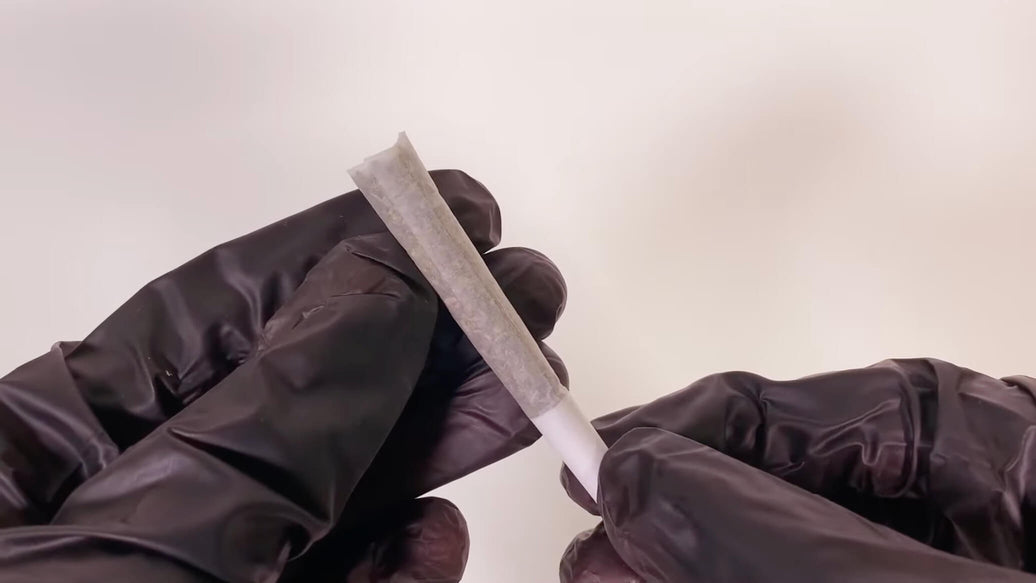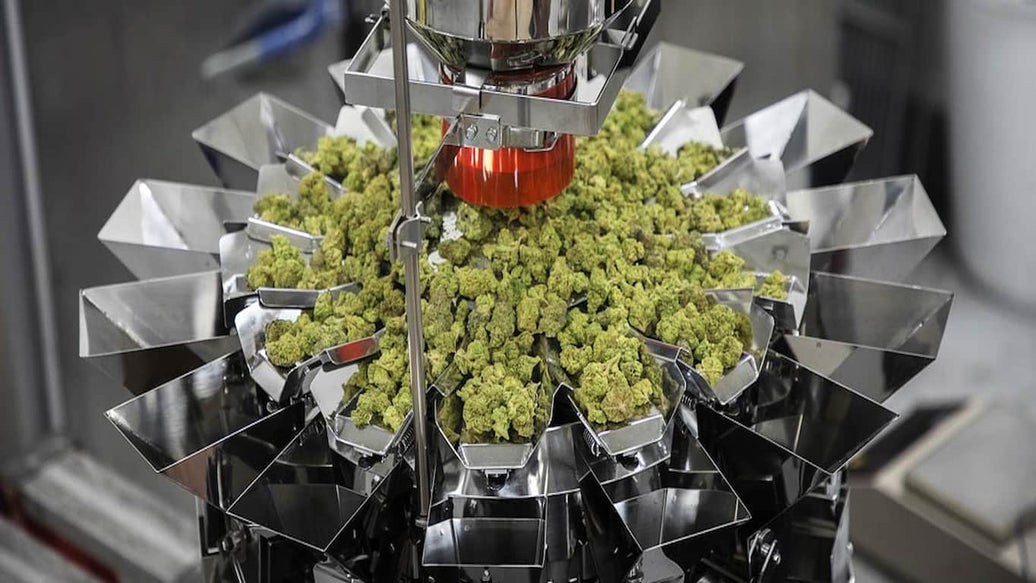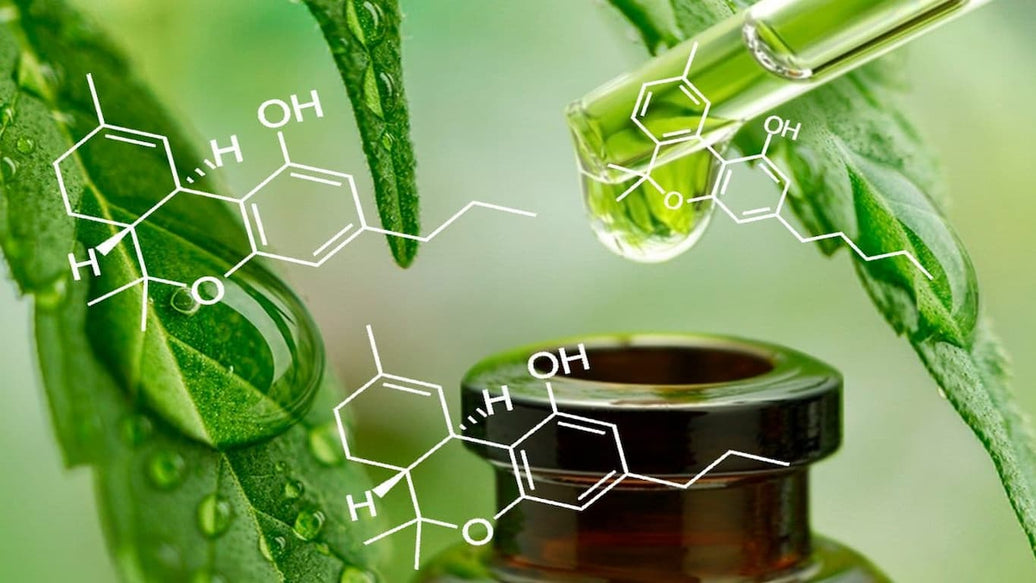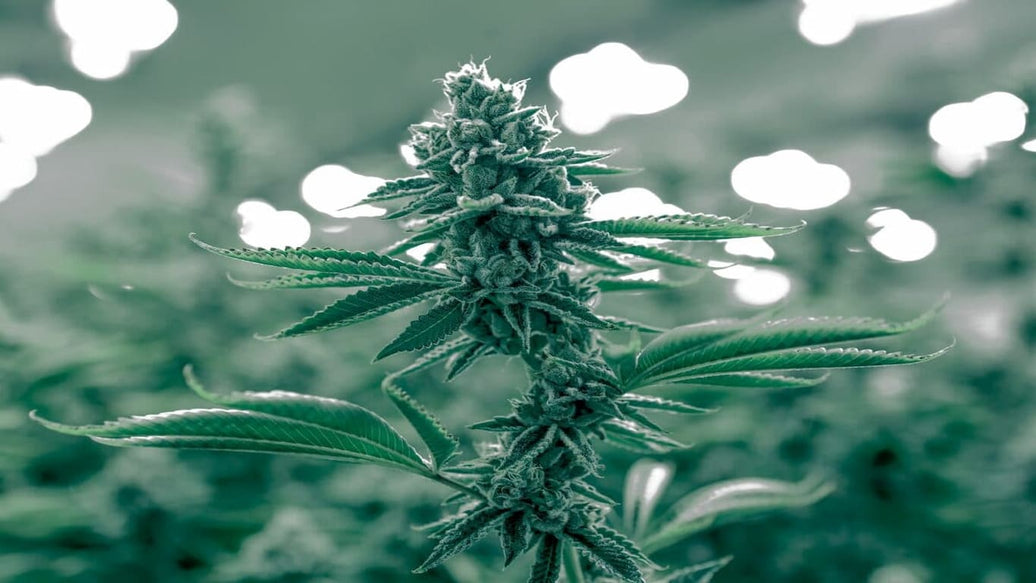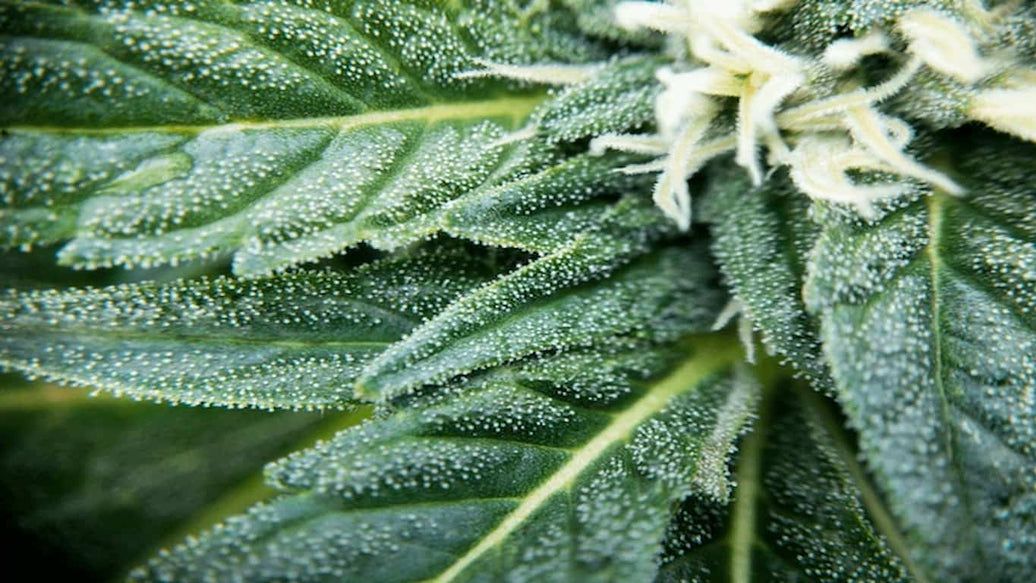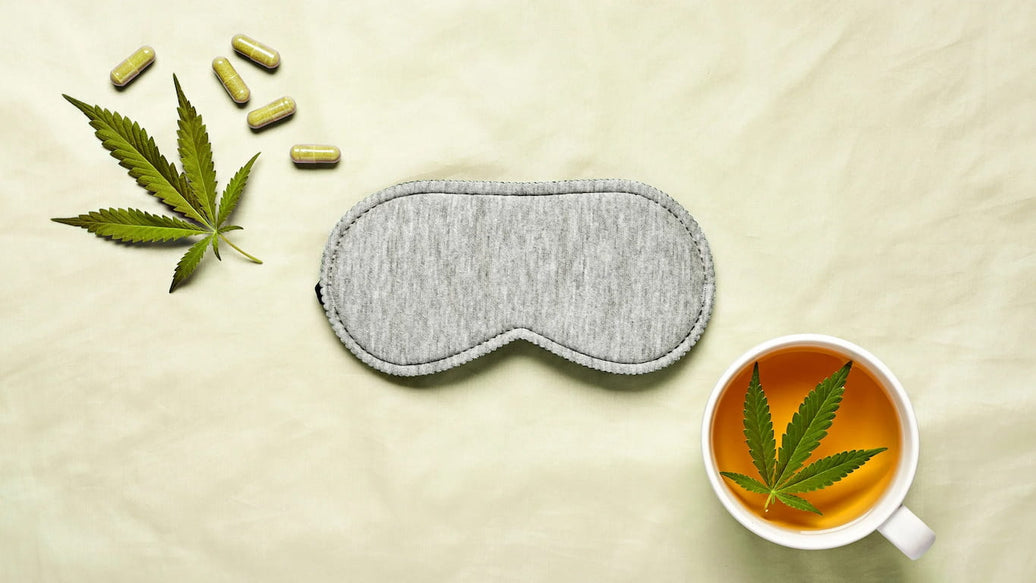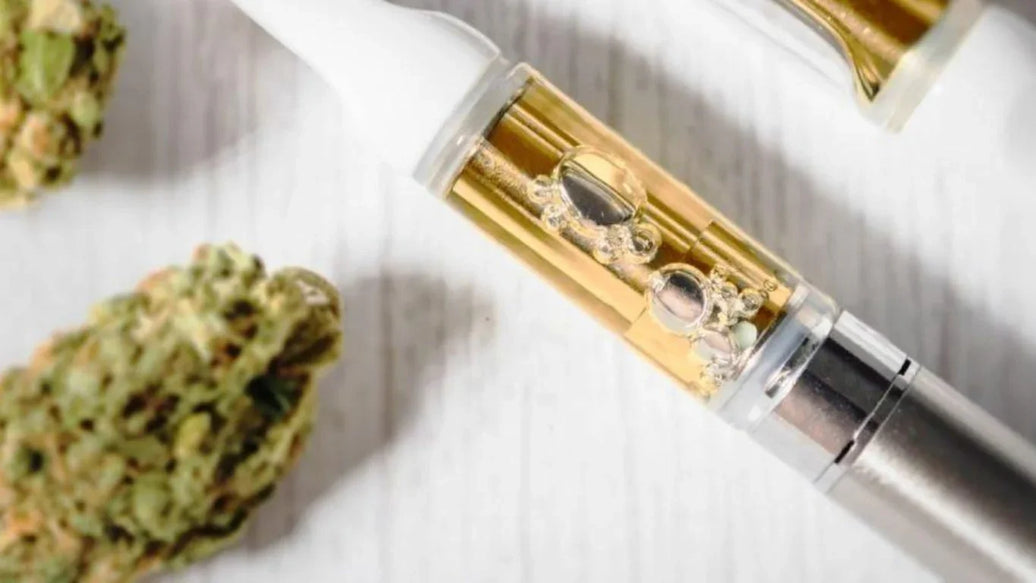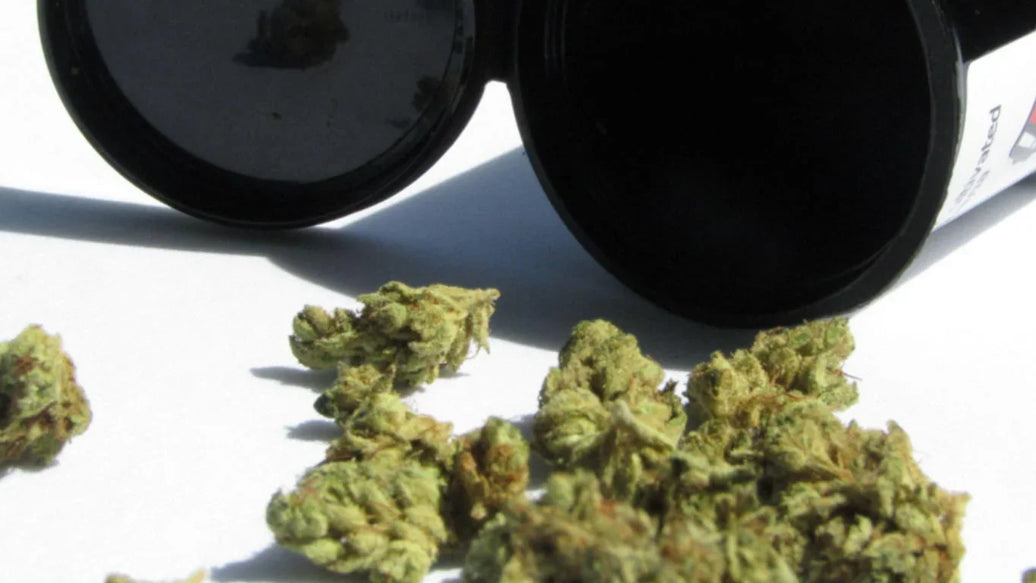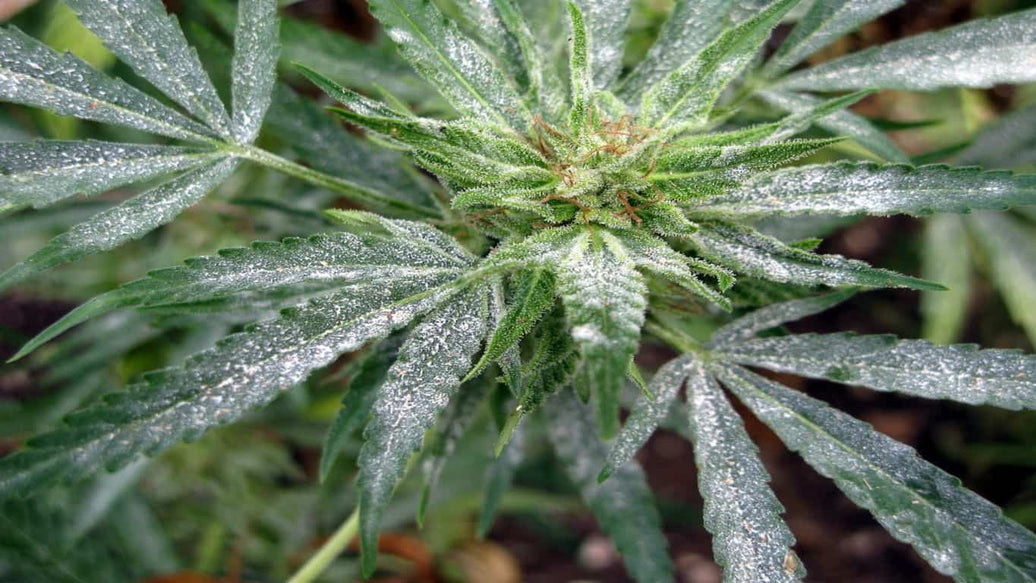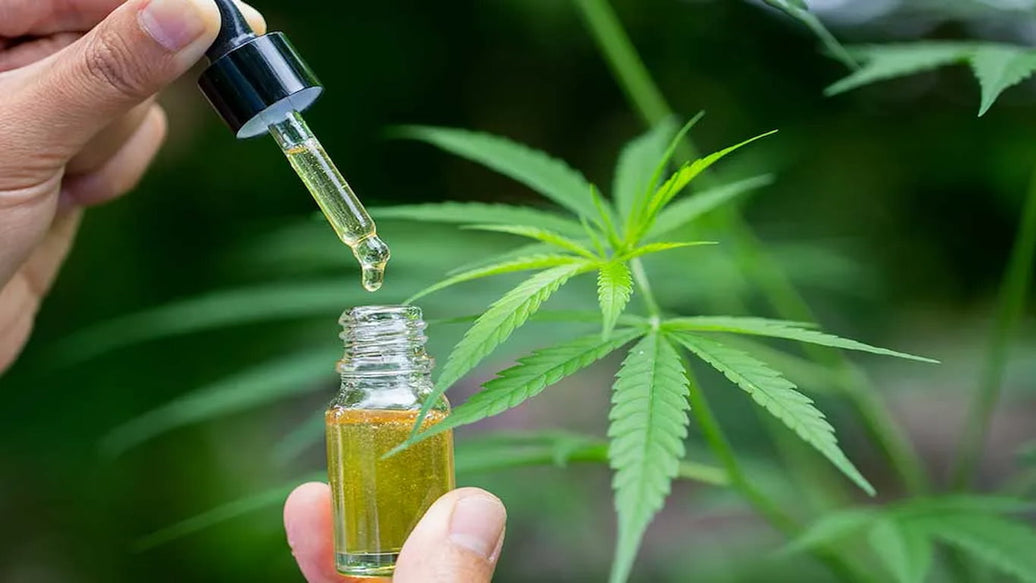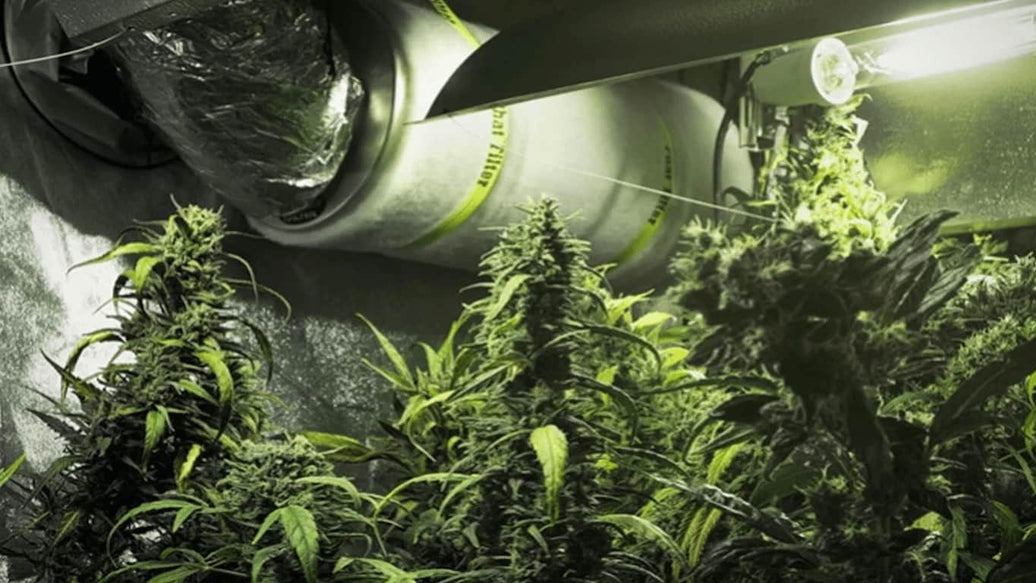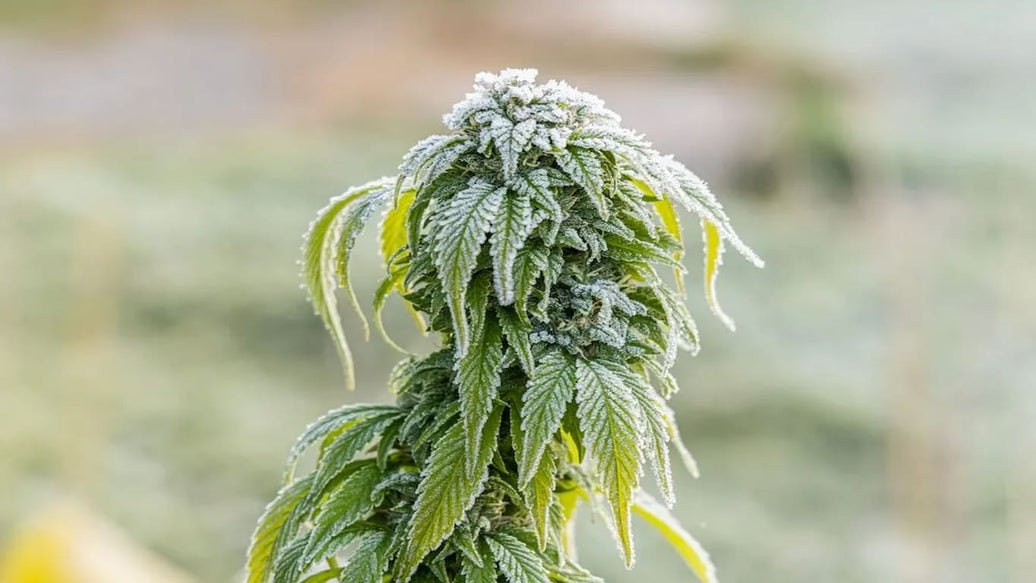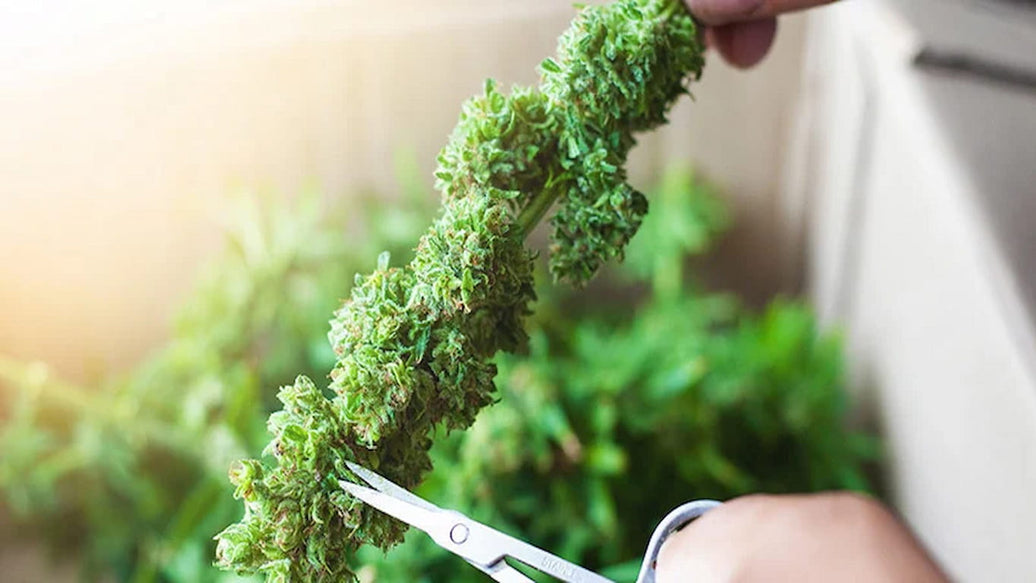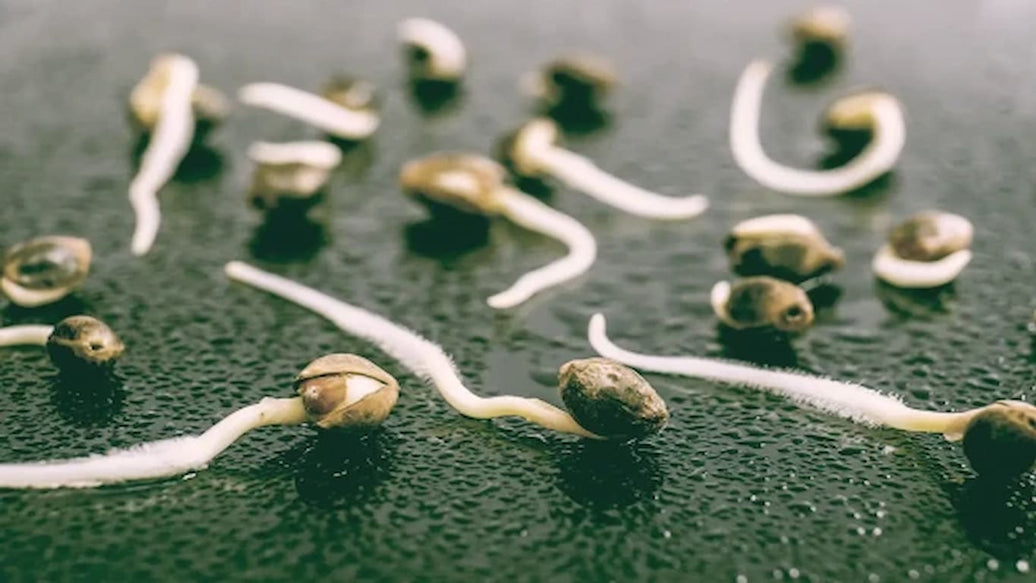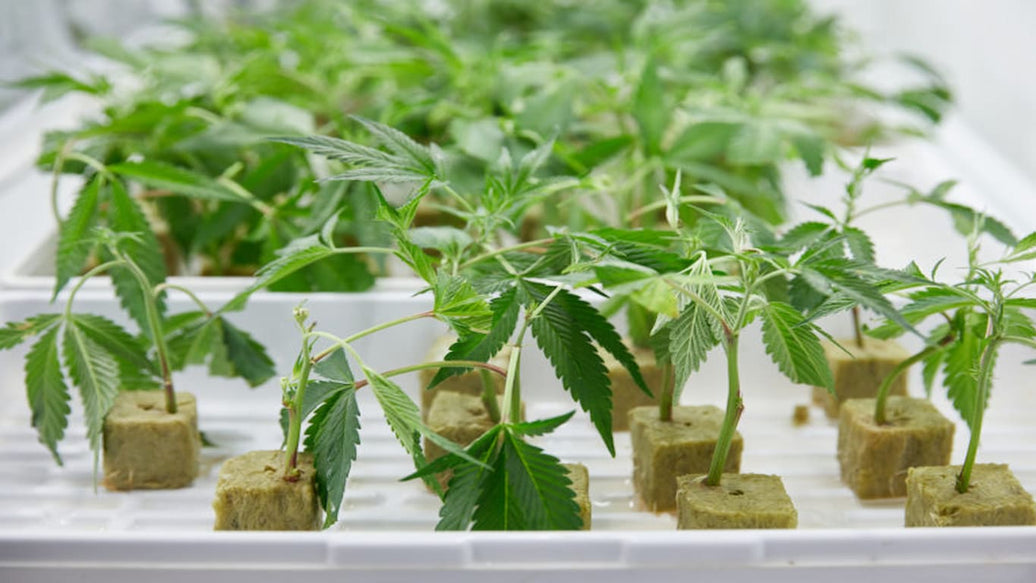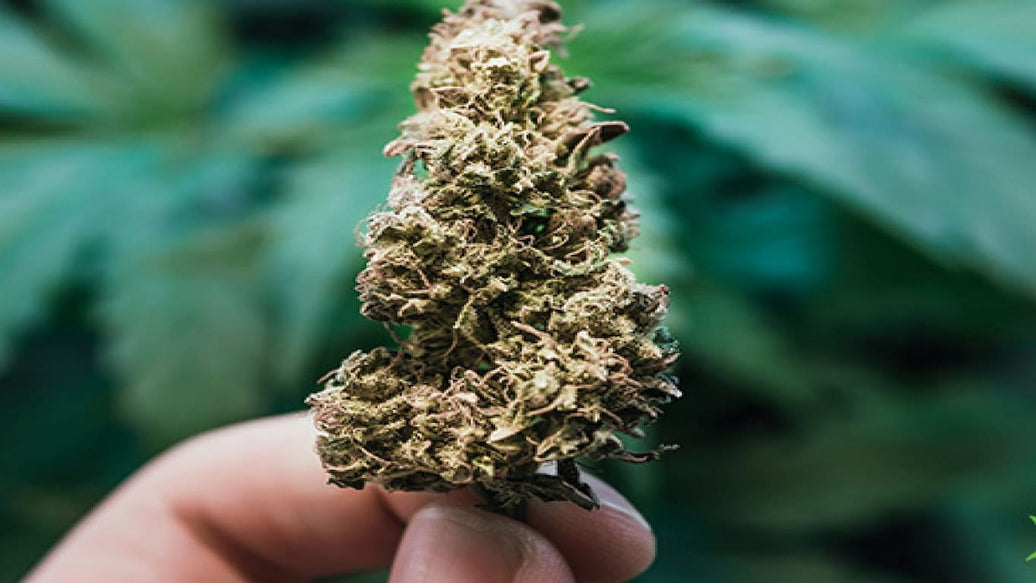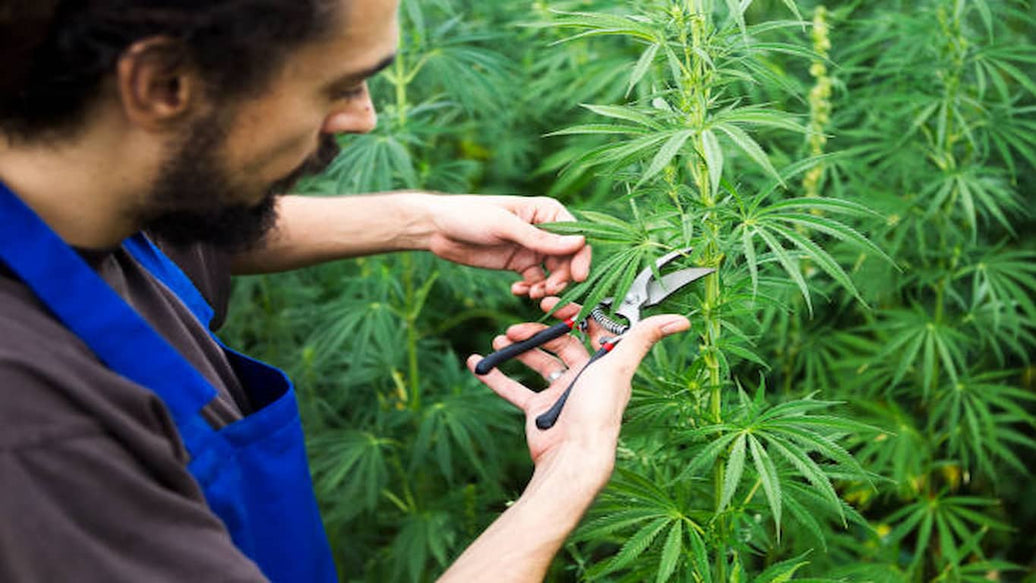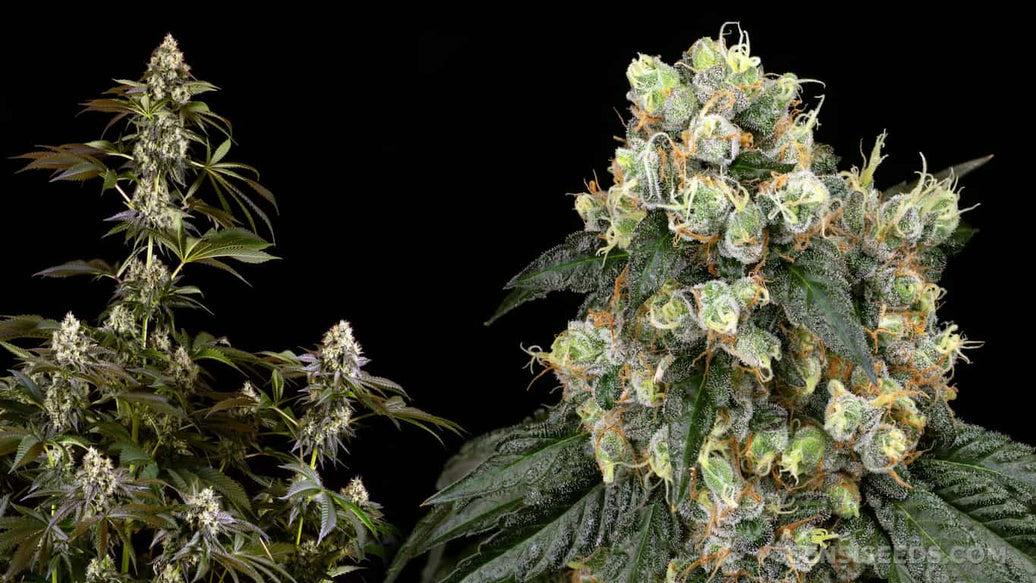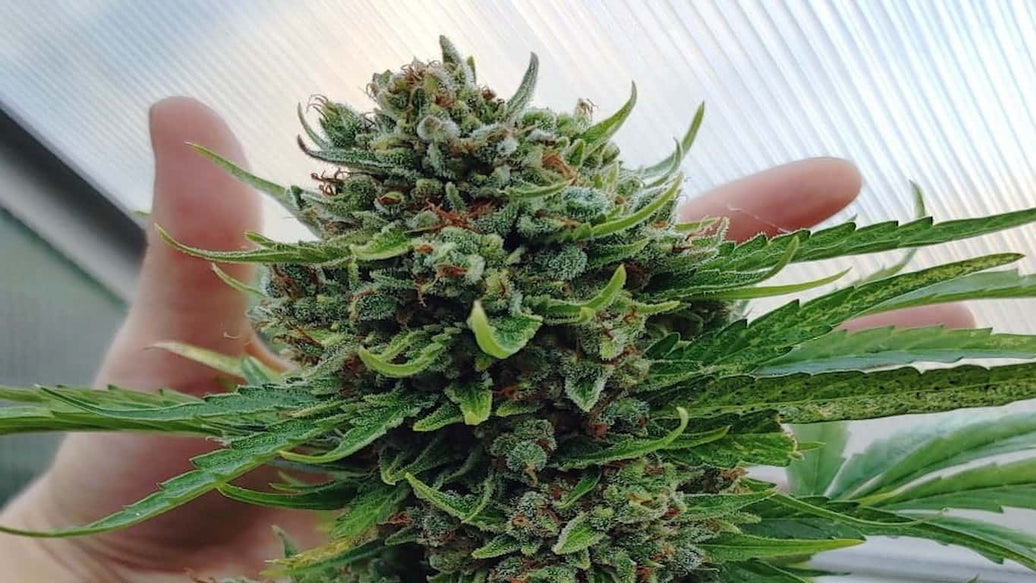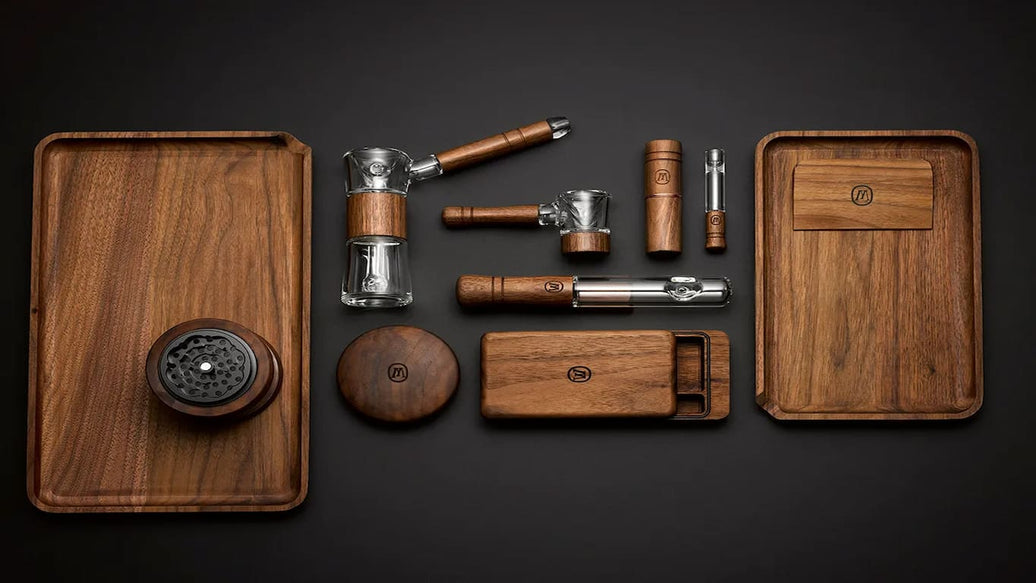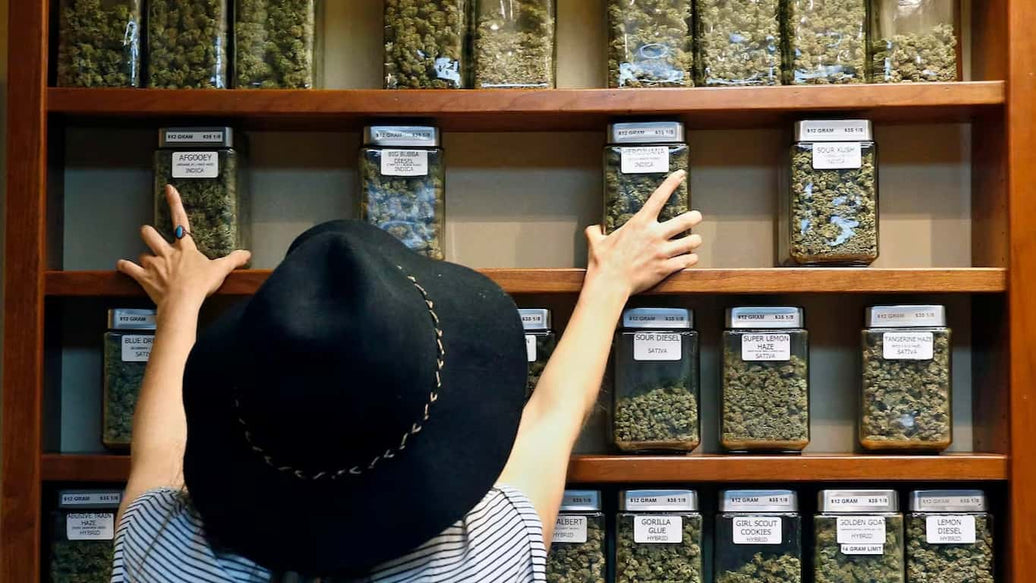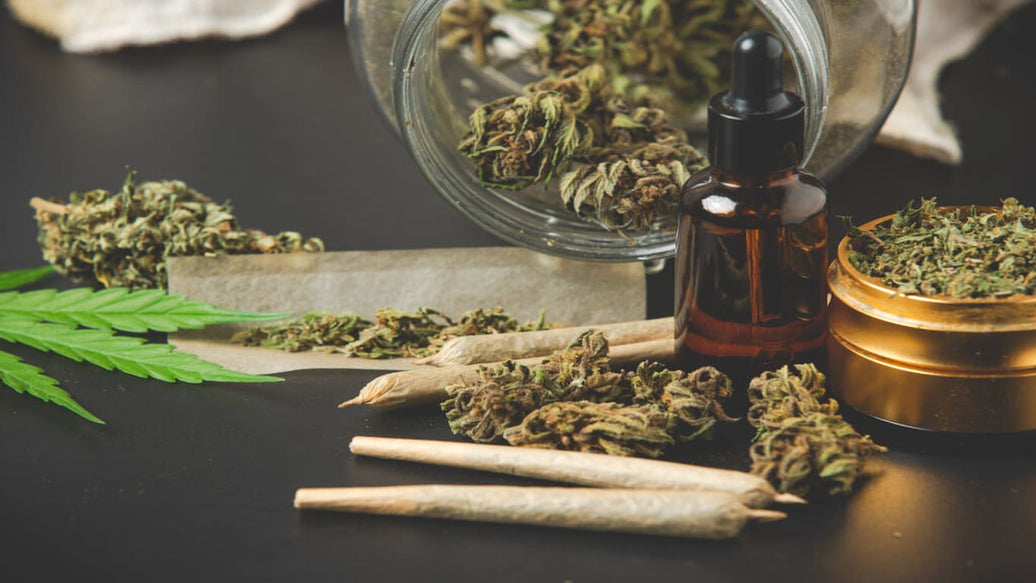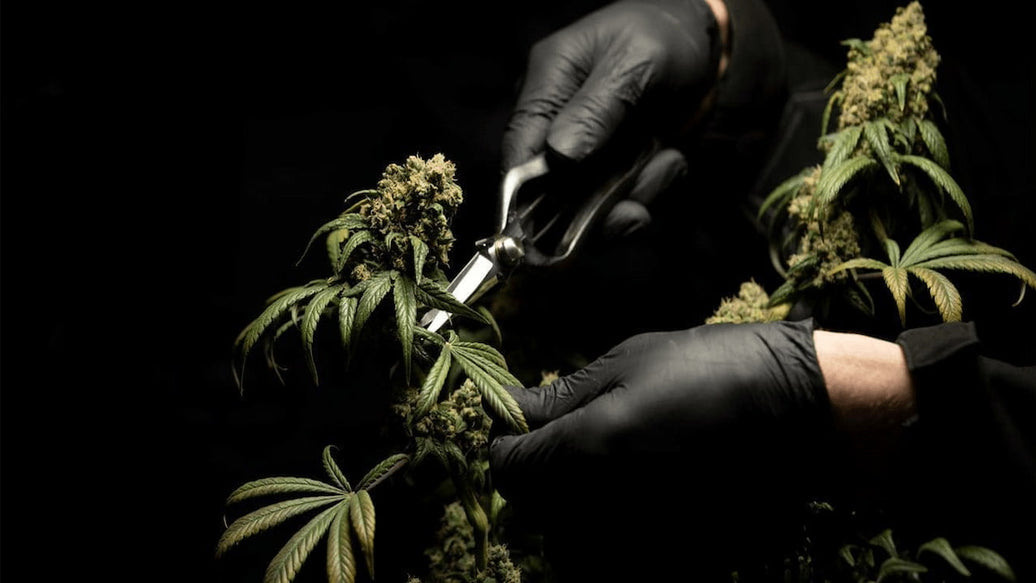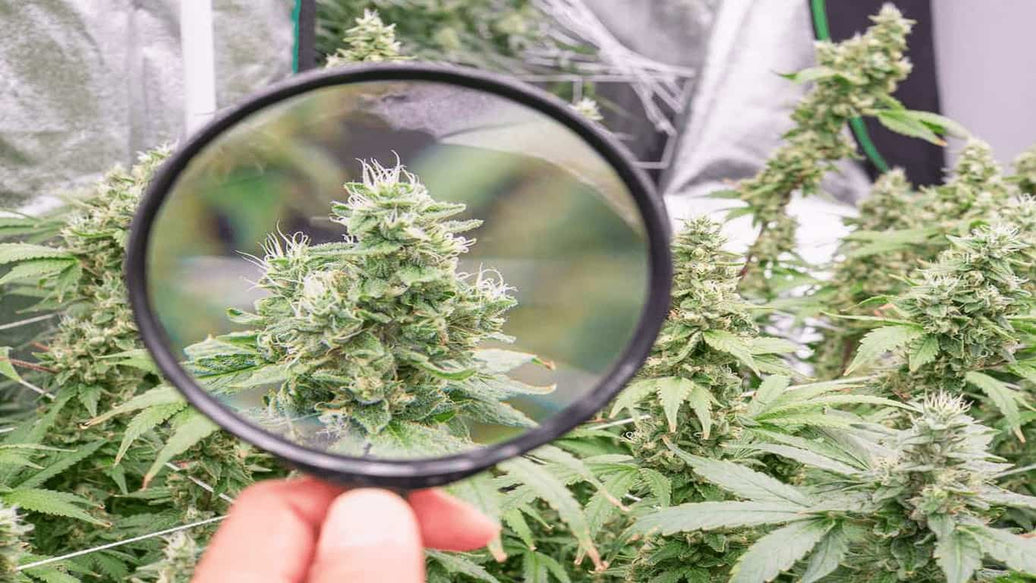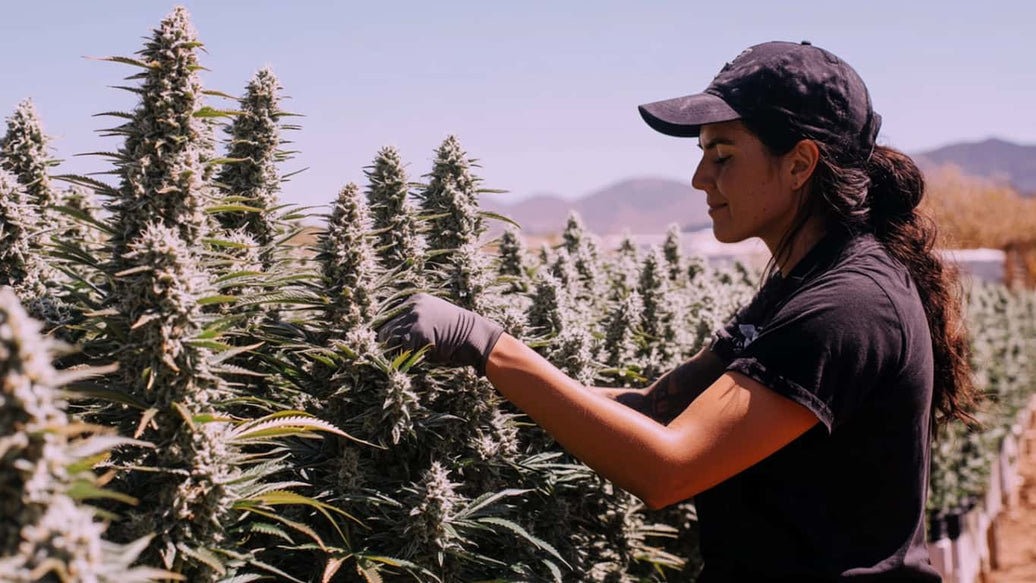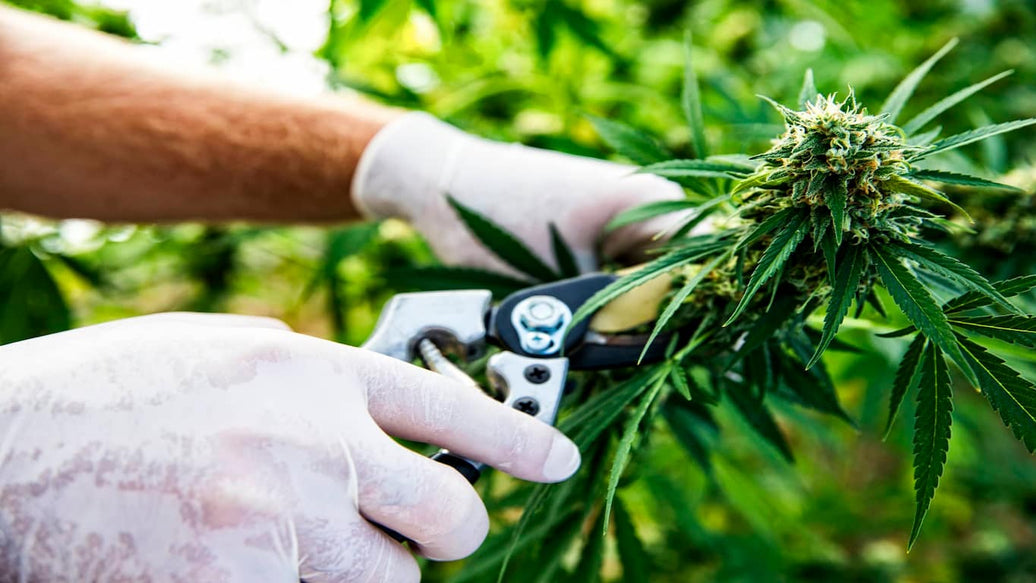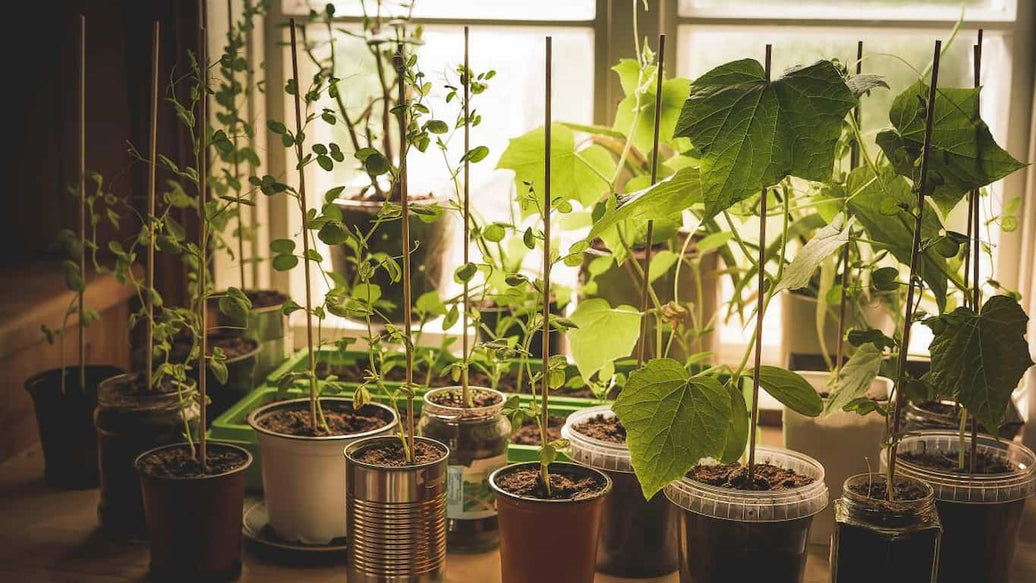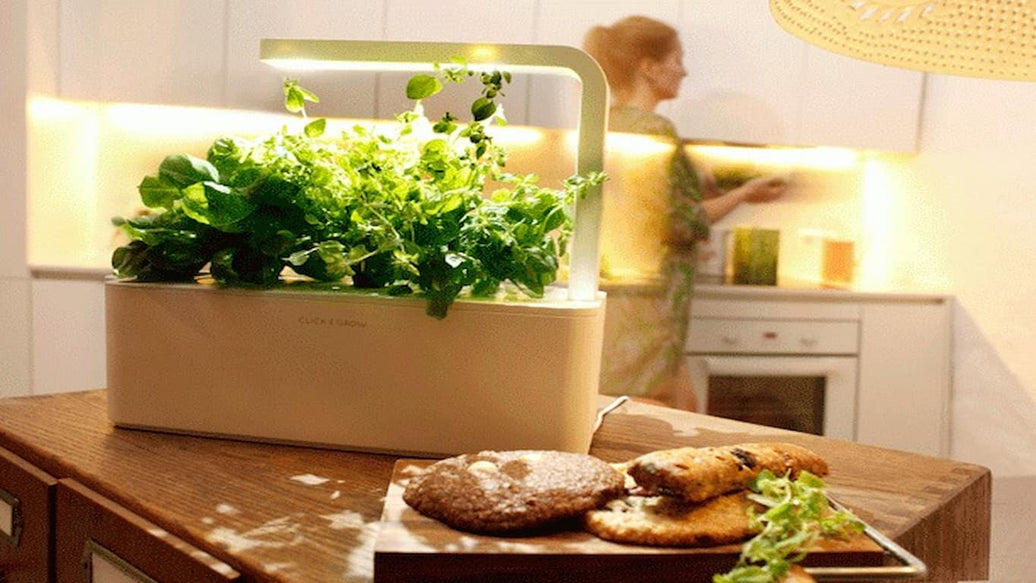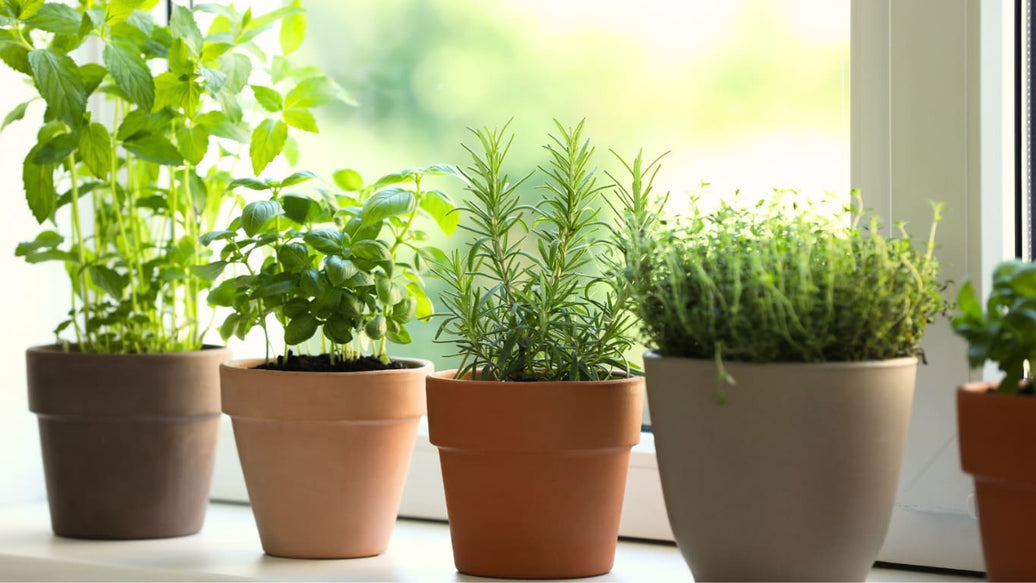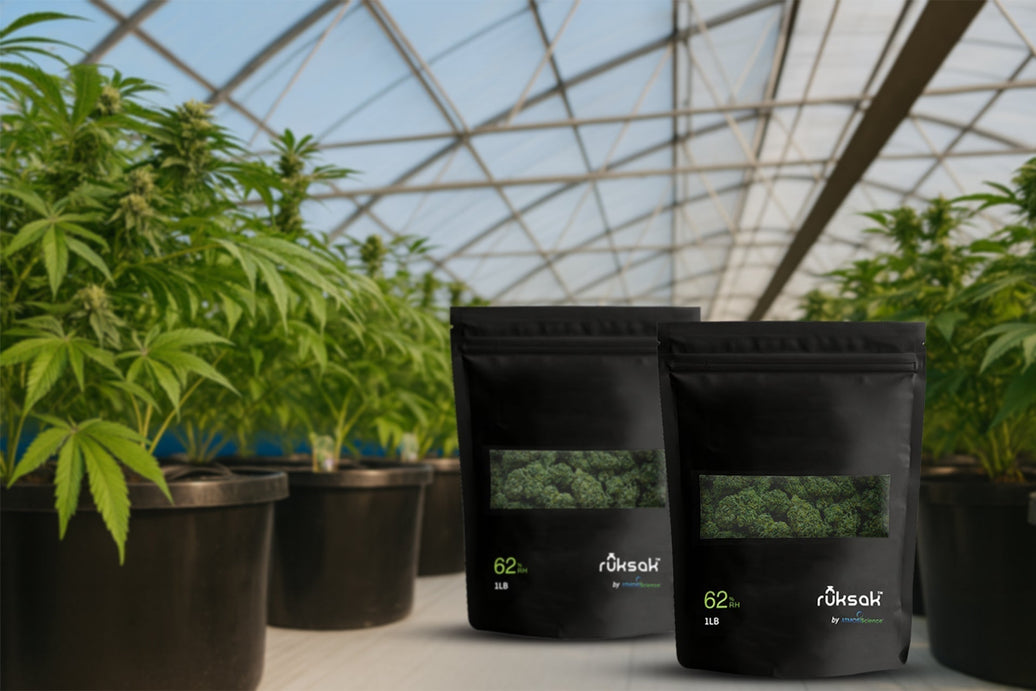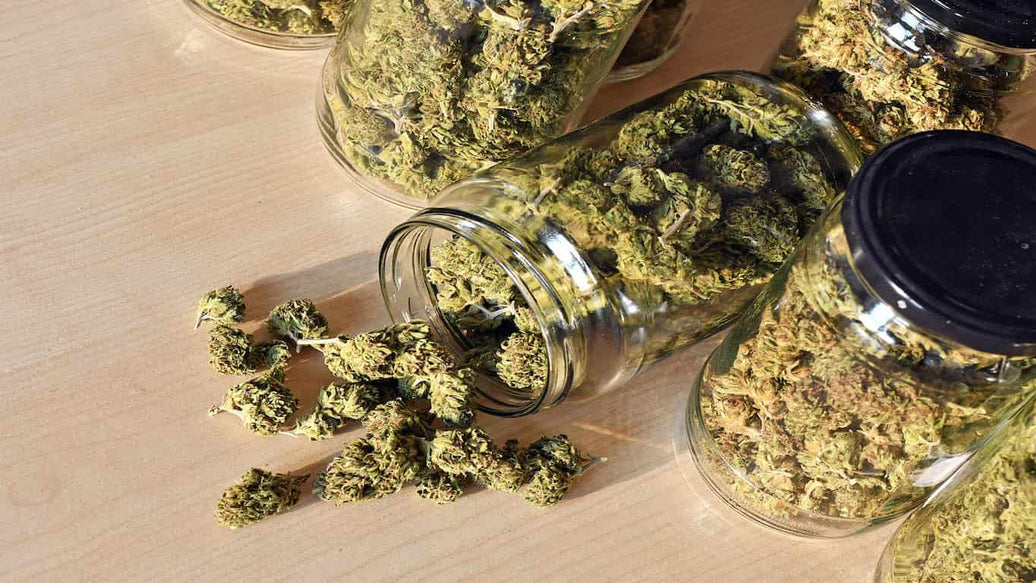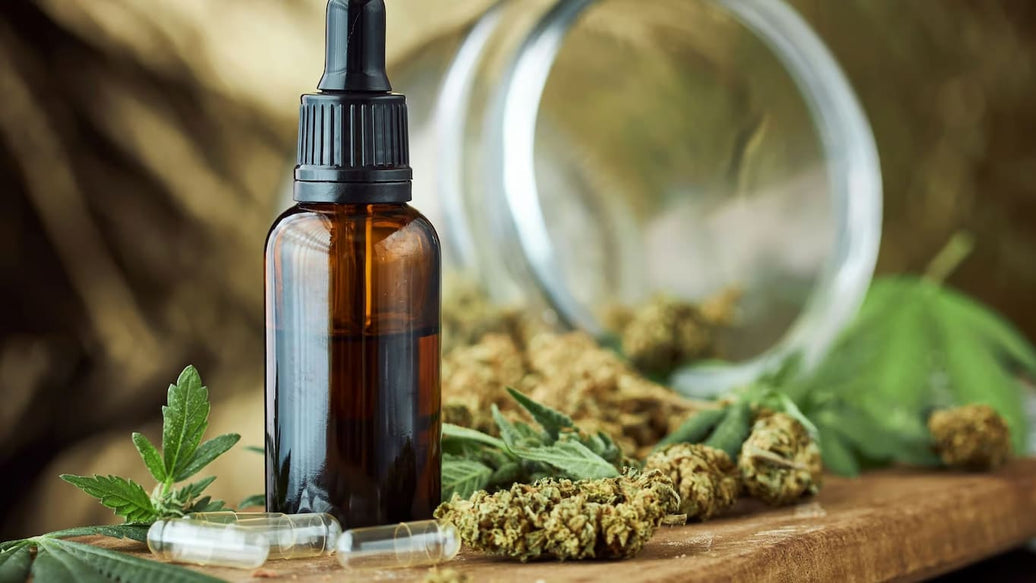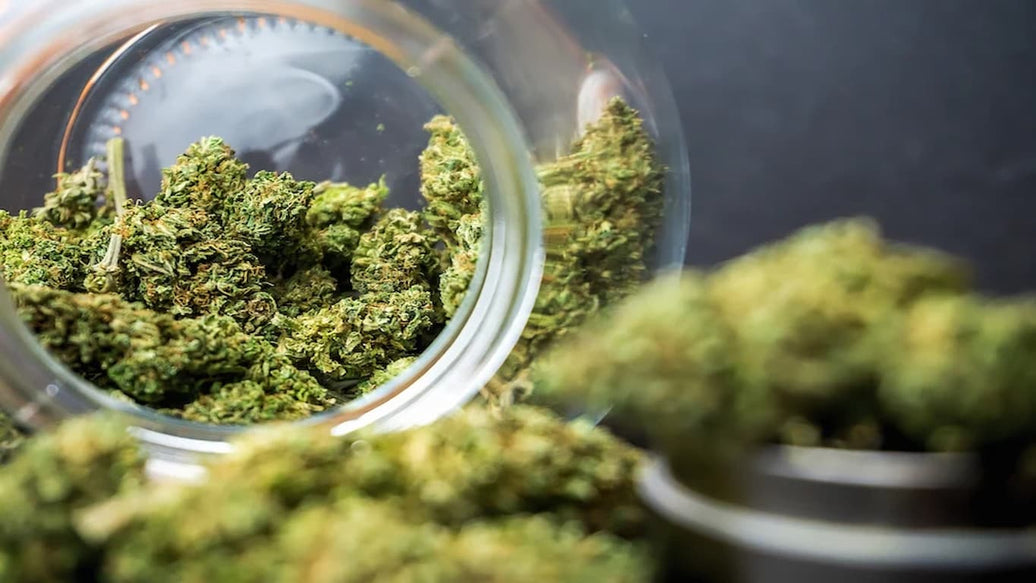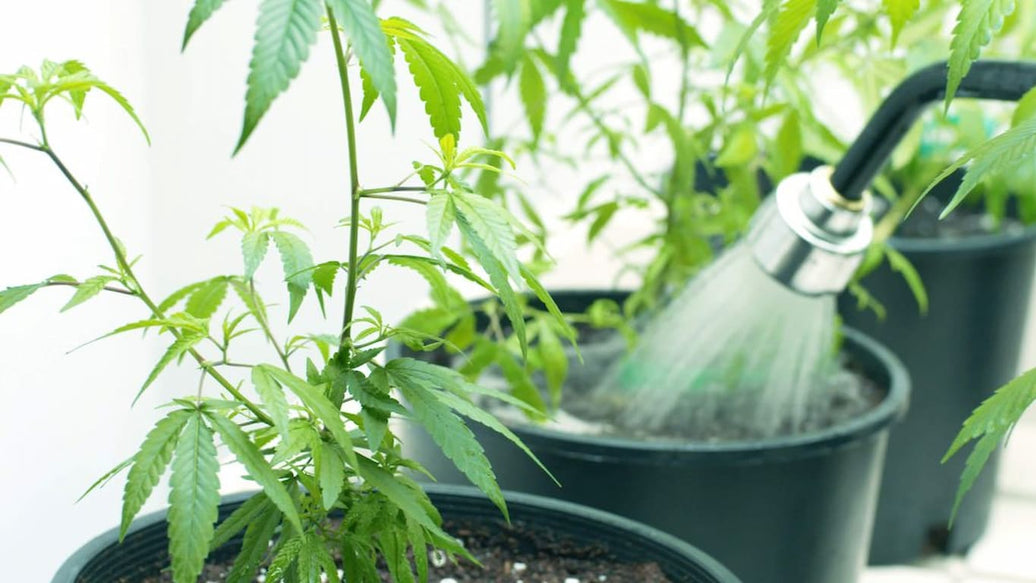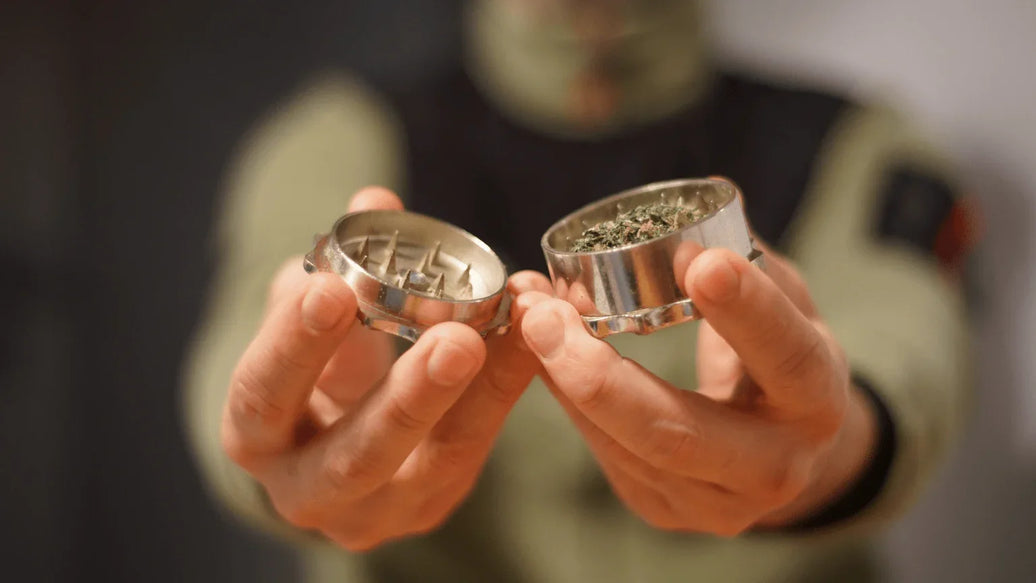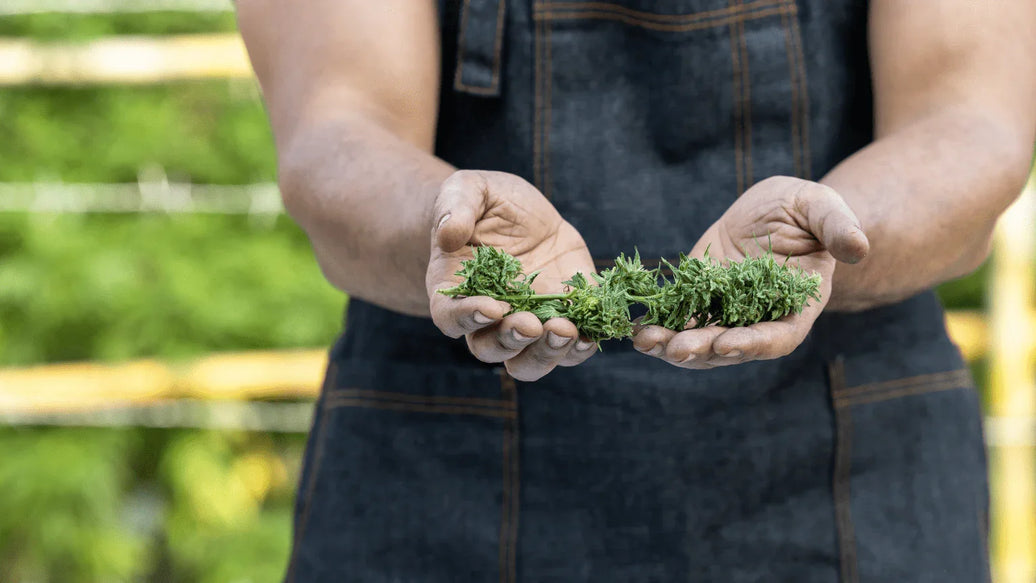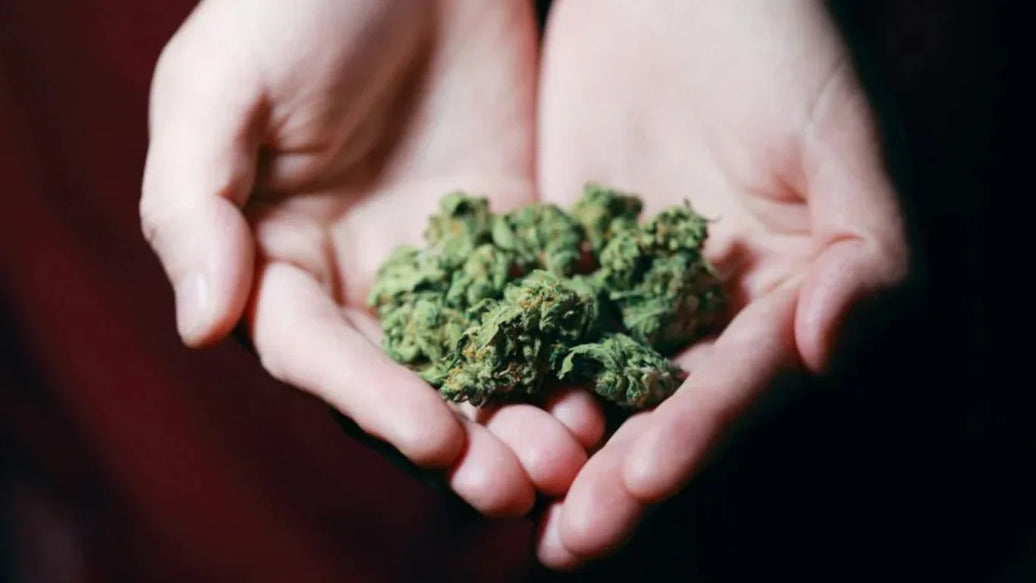The cannabis harvest is more than just a single chop; it's a carefully timed event that directly impacts your crop’s final quality and profitability. For many growers, waiting until the entire plant matures uniformly results in some buds being overripe while others remain immature. But partial harvest cannabis enables growers to optimize yield by selectively removing mature buds first, primarily harvesting top buds first, then allowing lower buds extra time to develop fully.
This approach leverages the plant’s innate apical dominance and staggered maturation, opening light pathways to previously shaded buds, improving their size, potency, and resin production. The result? A harvest with up to 30% more bud weight, better cannabinoid consistency, and enhanced terpene profiles.

Discover foundational principles in our Cannabis Dispensary Supplies: Essential Medical Accessories for a healthier grow environment.
Understanding apical dominance & light dynamics
In cannabis, apical dominance means the main cola at the top grows faster and larger due to preferential hormone signaling and light exposure. This dominance suppresses lateral bud growth. Upper buds receive approximately 30 - 50% more light than lower buds because dense foliage blocks photons from reaching them.
When you practice harvesting top buds first, you remove this hormonal and physical barrier, allowing sunlight (or grow light) to penetrate deeper and stimulate the secondary buds. This results in sizable improvements in inflorescence density, trichome production, and cannabinoid content in the lower canopy.

The effect is profound: one study reported a 1.6x increase in yield under higher photosynthetically active radiation (PPFD) due to better bud development. Opening the canopy after top bud removal maximizes the plant’s photosynthetic efficiency and spreads cannabinoids more uniformly.
Learn more about achieving ideal light conditions in: Best Humidity for Cannabis: Mastering from Seedlings to Storage.
The partial harvest method: Step-by-step
Timing for harvest initiation
Start by carefully monitoring trichome maturity on the top colas. Prune when 70 - 90% of the trichomes are milky white with 10 - 20% amber heads, signaling peak cannabinoid and terpene levels. Additionally, observe pistil color; 70 - 90% of pistils turning orange or brown and curling inwards indicates readiness. This typically corresponds to 8 - 10 weeks of flowering but varies by cultivar.
For outdoor growers, consider environmental factors such as temperature and sunlight, which influence maturation speed.
Cutting technique
Use sharp, sterilized pruning shears. Cut the top 25 - 35% of branches and colas, avoiding unnecessary damage. Preserve at least 2 - 3 leaf nodes above remaining buds to enable continued photosynthesis. This ensures the plant stays healthy and can reallocate energy effectively.

It's important not to over-prune; excessive leaf or branch removal can stress the plant and slow secondary bud growth.
Post-cut care & recovery
Maintain an environment of 65 - 75°F and 40 - 50% humidity with good airflow. Continue a balanced watering and nutrient regimen to support recovery. Healthy plants typically redirect energy, stimulating the development of secondary buds within 3 - 7 days.
Final harvesting of lower buds
Wait 7 - 14 days for the lower buds to mature under improved light penetration. Harvest these buds once they reach ideal trichome maturity, mirroring the initial criteria.
This staggered approach can increase total flower yield by 20 - 30%, with denser, more cannabinoid-rich secondary colas compensating for delayed maturity.
For practical harvesting tools and tips, see How To Store Your Weed (Best & Worst Methods)
Why partial harvest works effectively?

Cannabinoid development timeline
Cannabinoids like THC and CBD peak between 6 - 9 weeks post flowering onset. After peaking, cannabinoids remain stable briefly before slowly degrading. Since trichome development occurs unevenly, upper buds mature 5 - 10 days sooner than lower ones.
A partial harvest capitalizes on this, taking mature buds early while the rest continue developing, resulting in overall improved cannabinoid synthesis across the plant.
Hormonal & energy reallocation
Removing apical dominance disrupts auxin flow, increases cytokinin levels in lower branches, and redirects nutrient/carbohydrate transport, encouraging secondary bud growth and resin production.
Trichome maturation
Trichomes progress through clear, milky, and amber stages. Milky trichomes indicate maximum cannabinoid content. Due to shading, trichome maturation is asynchronous, making staggered harvesting optimal for aligning overall ripeness.
Discover more about trichomes in How to Keep Weed Fresh for Months: Top Proven Storage Tip.
Outdoor cannabis: Timing & harvest considerations
Outdoor growers must track photoperiod changes, as cannabis flowers when day length drops to 12 - 14.5 hours. Flowering typically lasts 8 - 12 weeks, with harvests in September - October depending on the region.
Early harvesting of top buds mitigates frost, rain, and mold risks, especially for outdoor crops. Removing tops opens nutrient flow and light to lower buds, improving overall yield and quality. Weekly trichome checks during the final month guide proper timing.
For regional climate advice and outdoor management, visit Mastering the Art of Harvesting Outdoor Cannabis.
Yield & quality improvements: What to expect
Studies have documented a 20 - 28% increase in yield when using partial harvesting coupled with pruning techniques like lollipopping. Lower buds thicken by as much as 50%, transforming previously neglected flowers into dense, high-quality colas.
Cannabinoid uniformity improves dramatically, leveling out THC/CBD content across the plant and increasing extract consistency and product marketability. Terpene profiles benefit from the extended maturation time, producing richer flavors and aromas.
For science-backed quality analysis, see Optimal Weed Storage: Science-Backed Methods for Potency & Safety.
Common mistakes & how to avoid them
Mistimed harvesting is the most common error: cutting too early wastes cannabinoid potential, while harvesting lower buds too late risks THC degradation to CBN. Over-pruning or excessive defoliation causes stress and delays secondary growth.
Maintain consistent humidity and temperature to prevent mold and slow ripening. Don’t switch photoperiod abruptly in photoperiod strains, as this can cause reverse flowering or vegetative growth resumption.
Storage & preservation post-harvest
Dry harvest cannabis at 45 - 55% humidity and 60 - 70°F for 7 - 14 days until moisture content stabilizes around 10 - 12%. Proper drying reduces microbial risk and preserves cannabinoids.
Use glass jars with humidity control packs, like ATMOSIScience’s ruksak and Humidi-Cure® packs, to maintain an ideal 62% RH during curing and long-term storage, preserving terpene profiles and potency.
Avoid plastic or open containers that degrade cannabinoids and invite mold.
Product recommendation: ATMOSIScience cannabis storage systems

After perfecting your partial harvest cannabis techniques, preserve that quality with ATMOSIScience’s storage solutions:
- ruksak for cannabis: Innovative, compostable storage bags with integrated two-way humidity control, maintaining freshness up to 12 months.
- Humidi-Cure® packs: Reliable 62% RH packets that regulate moisture in jars, supporting long-term cannabinoid and terpene preservation.
-
ATMOSIScience liners: Enhance airtight seals for glass jars and improve humidity stability during curing.
Conclusion
Partial harvesting isn't just a method - it's a strategic approach grounded in cannabis plant biology and supported by research. By harvesting top buds first, you ensure an exceptional initial yield while empowering secondary buds to flourish under improved light and nutrient conditions.
Expect higher total yields, more consistent cannabinoid concentrations, and enhanced flavor profiles. Coupled with optimized post-harvest storage from ATMOSIScience, your cannabis will remain potent, fresh, and market-ready.
Ready to transform your harvest? Start applying partial harvest cannabis protocols today and explore our trusted ATMOSIScience storage solutions for preserving your prized buds.

